On Moose and Medians
If Thomson Reuters can calculate Impact Factors and Eigenfactors, why can’t they deliver a simple median score?
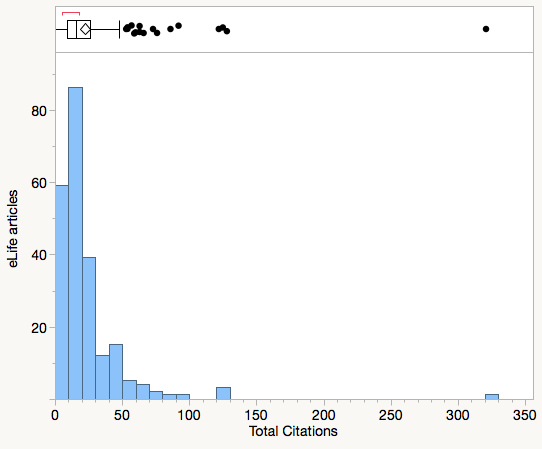
Send us a link
If Thomson Reuters can calculate Impact Factors and Eigenfactors, why can’t they deliver a simple median score?

After many and long conversations among colleagues within and beyond the Scholarly Kitchen about what researchers need to know about scholarly publishing.

Scale can be achieved by broadly outsourcing the editorial process. Does this lead to a loss in quality control, and is this acceptable?
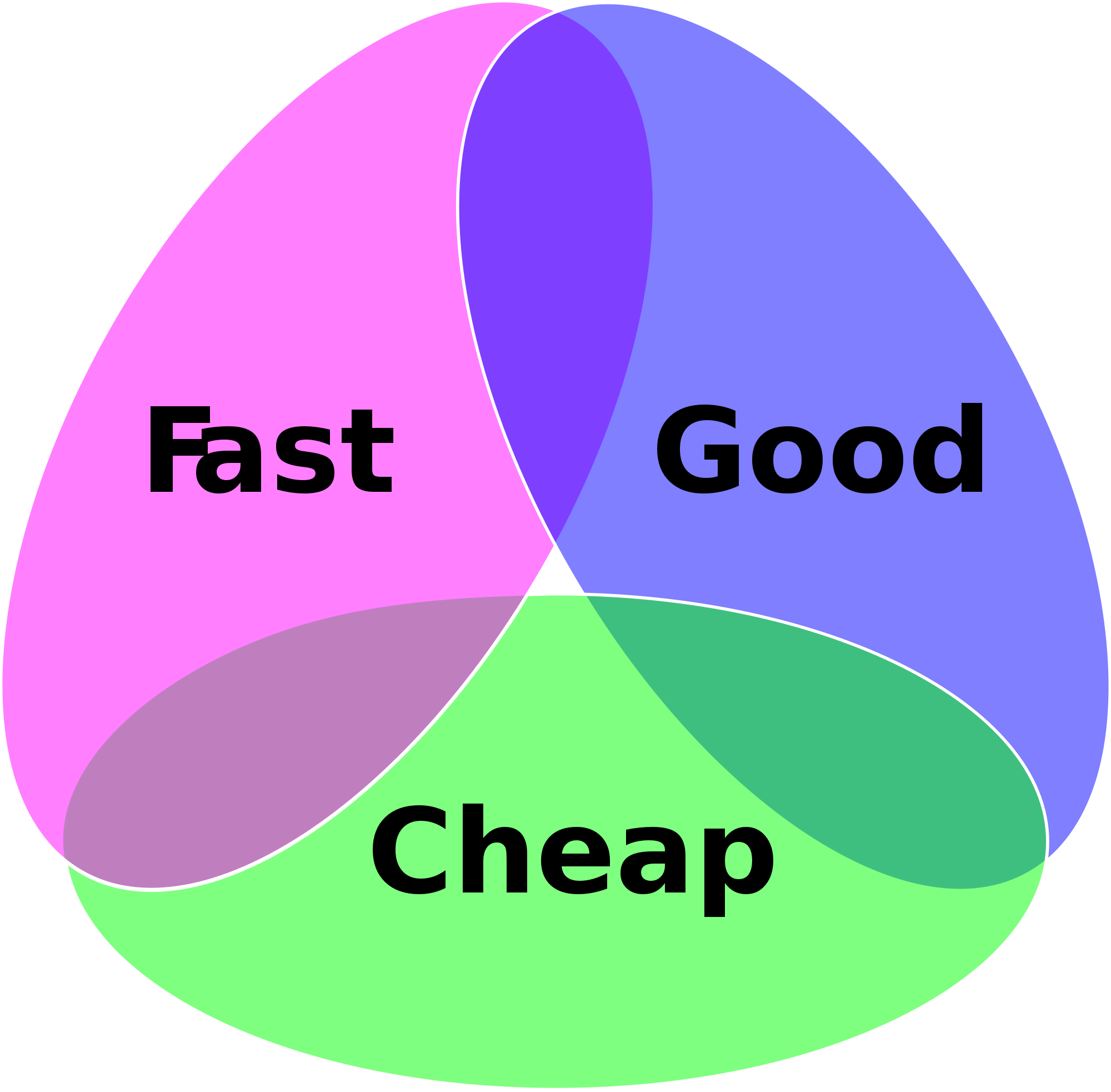
As an institution, science is not fond of privilege. Success in science is supposed to be the result of merit - hard work, tenacity and, to some degree, sheer luck - not nepotism, favoritism, or entitlement.
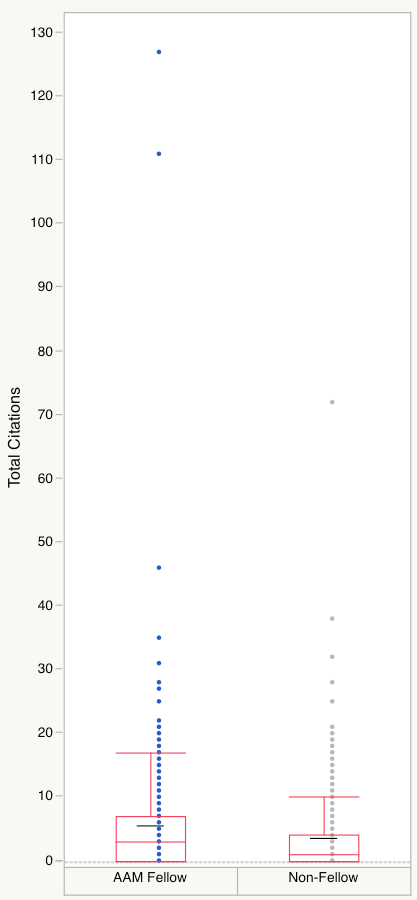
This year, 272 journals will receive their first Impact Factor. The JCR will also suppress 39 titles –29 for high rates of self-citation and 10 for “citation stacking”.
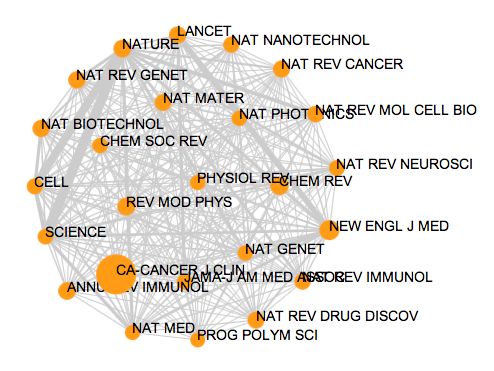
Researchers Reject Nature’s Fast Track Peer Review Experiment.
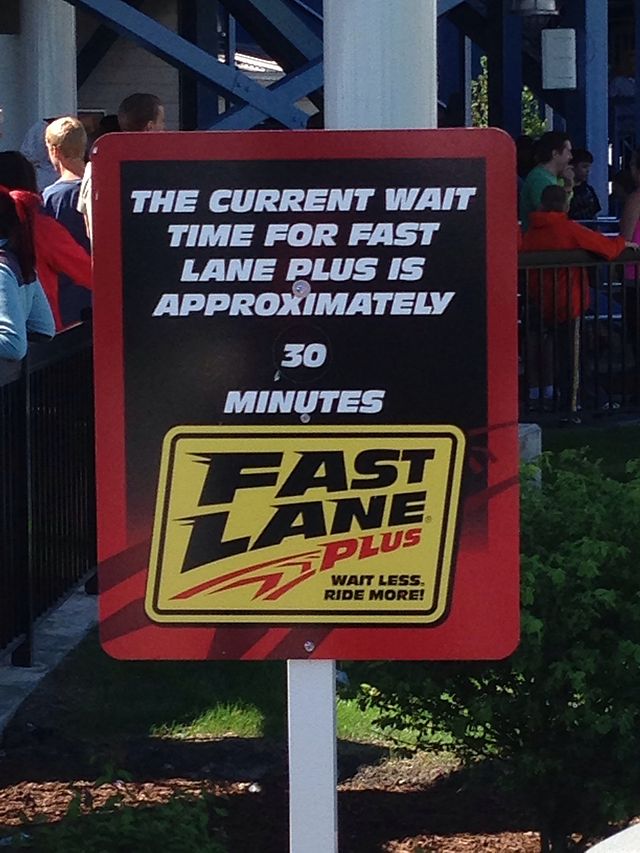
With so much new literature published each year, why are authors increasingly citing older papers?

The top 100 list of Altmetrics is fascinating for what it tells us about communication between scientists, the attention paid to science by the general public, and also for what it tells us about altmetrics themselves.

The proportion of federal research funding going to investigators older than 65 was greater than that going to researchers younger than 35, even if most Nobel recipients made their discoveries before they were 40 years old.

It seems that if there’s a market that we ought to be thinking about, it’s postdocs. Guest Post by Phill Jones, Head of Publisher Outreach for Digital Science.
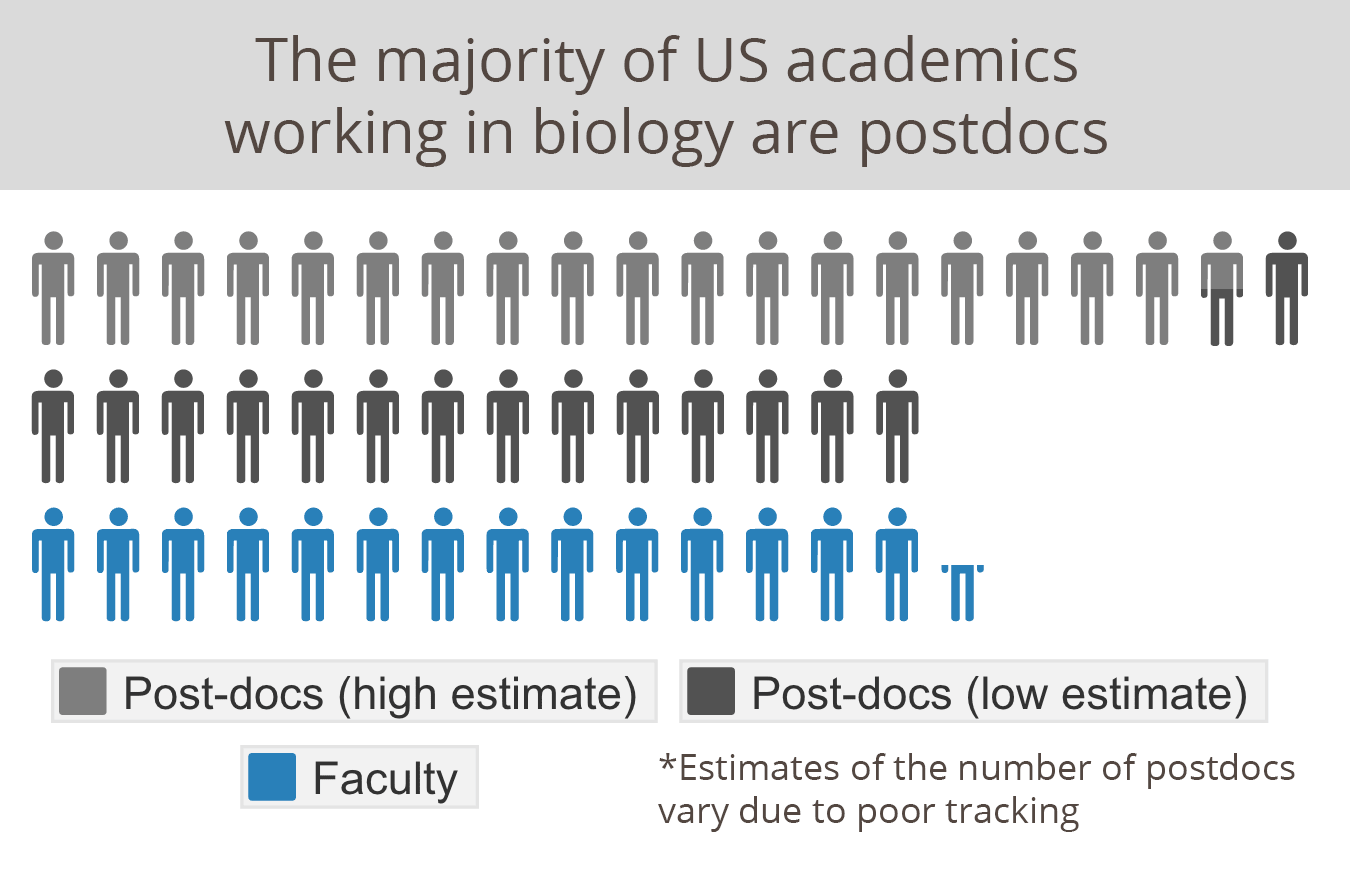
eLife has released its 2013 financials, which give an indication of what a premier OA journal article costs to produce.
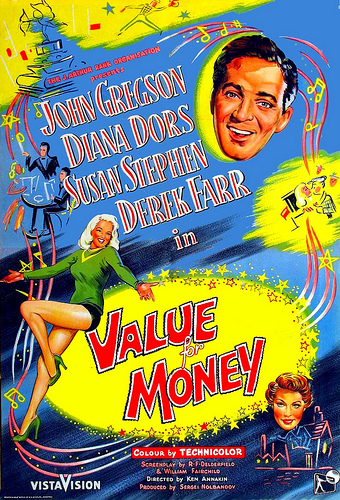
Comment on a recent Nature blog entry by Richard Van Noorden
Uncovering the hidden contradictions behind a science folk hero.